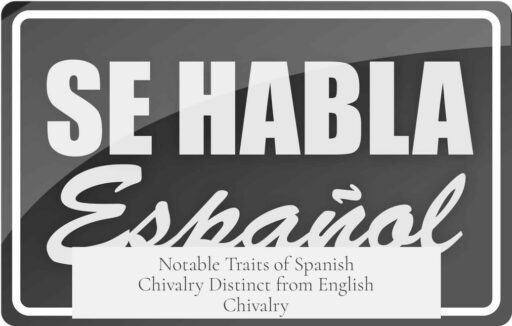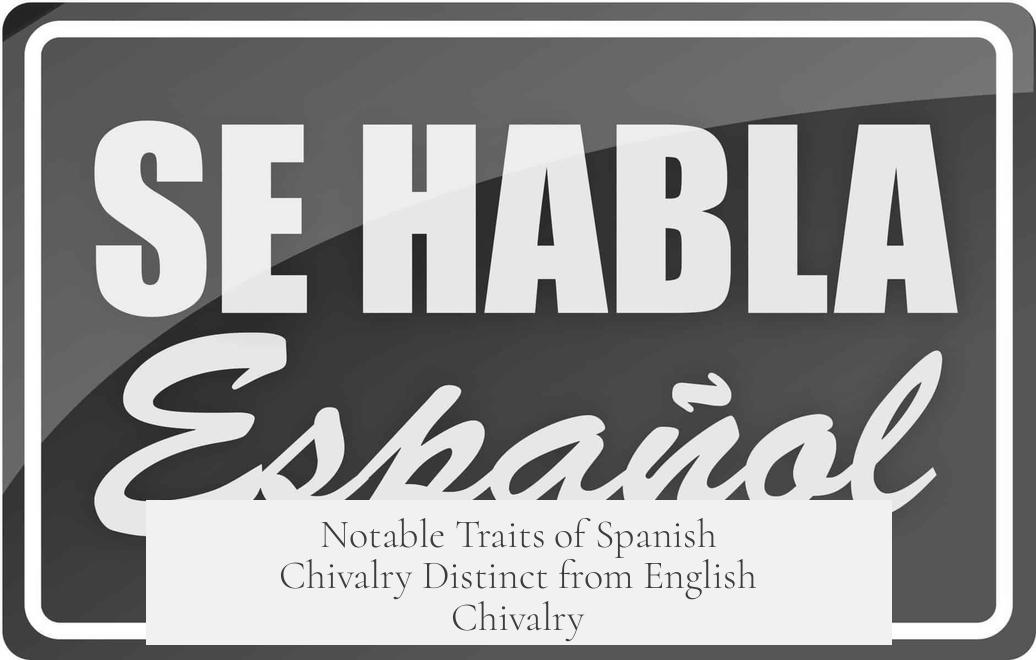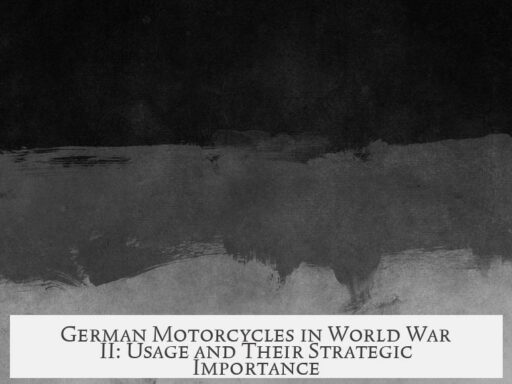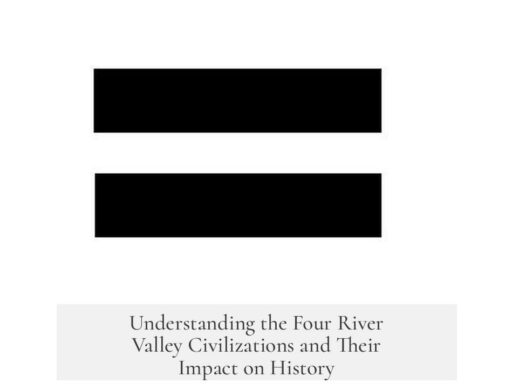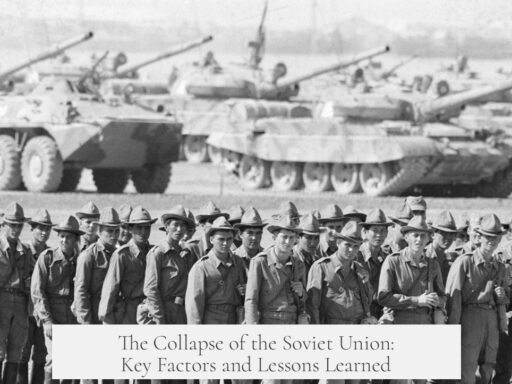Spanish chivalry exhibits notable traits that distinguish it from English chivalry, shaped largely by the unique cultural, religious, and historical contexts of the Iberian Peninsula. These differences reflect distinct social values, religious influences, and literary traditions which diverge from those in medieval England.
Spanish chivalry is deeply intertwined with the Reconquista, the centuries-long Christian effort to reclaim the Iberian Peninsula from Muslim rule. This struggle framed knighthood around religious zeal and frontier warfare more intensely than in England. Spanish knights often balanced military prowess with devotion to Catholicism, emphasizing a warrior ethos dedicated to Christian reconquest.
Religious diversity also influenced Spanish chivalry. Unlike England’s largely homogeneous Christian population, Spain’s medieval society included significant Jewish and Muslim communities. Some historical accounts suggest the existence of Jewish knights integrated into Iberian chivalric culture, an element absent from English traditions. This diversity contributed to a distinctive chivalric identity shaped by coexistence and conflict among faiths.
The cultural expressions of Spanish knighthood manifested keenly in literature. The knightly-chivalric romance genre thrived in Spain, exemplified by works like Amadís de Gaula. These romances celebrated ideals of honor, loyalty, and courtly love while often incorporating unique Iberian themes and narratives. In contrast, English chivalry literature tended to emphasize feudal loyalty and martial valor with different stylistic and thematic focuses.
Spanish knights also operated under different social structures. Iberian knighthood was linked to local aristocracies navigating complex relationships between noble families, monarchs, and religious orders. This localized network contrasts with the more centralized English feudal system controlling knights through clear hierarchies and titles.
| Aspect | Spanish Chivalry | English Chivalry |
|---|---|---|
| Religious Context | Strong Reconquista focus; coexistence with Jewish and Muslim communities | Predominantly Christian, less religious diversity |
| Military Role | Frontier warfare and constant conflict with Muslims | Feudal warfare and occasional continental campaigns |
| Literary Traditions | Romances like Amadís de Gaula, highlighting Iberian themes | Arthurian legends and courtly love stories |
| Social Structure | Localized aristocracies and complex noble relations | Feudal hierarchy tied closely to monarchy |
In summary, Spanish chivalry is marked by a distinct fusion of religious warfare, cultural diversity, localized noble customs, and a vibrant chivalric romance tradition. English chivalry adheres more to feudal ideals and homogeneous Christian values. These differences reflect how geography, religion, and social systems shape the concept and practice of knighthood.
- Spanish chivalry centers on the Reconquista and religious conflict.
- Incorporates influences from Jewish and Muslim communities.
- Unique knightly romances distinct from English tales.
- Operates within complex local aristocratic networks.
- English chivalry follows a more uniform feudal and religious model.
Notable Traits of Spanish Chivalry That Set It Apart from English Chivalry
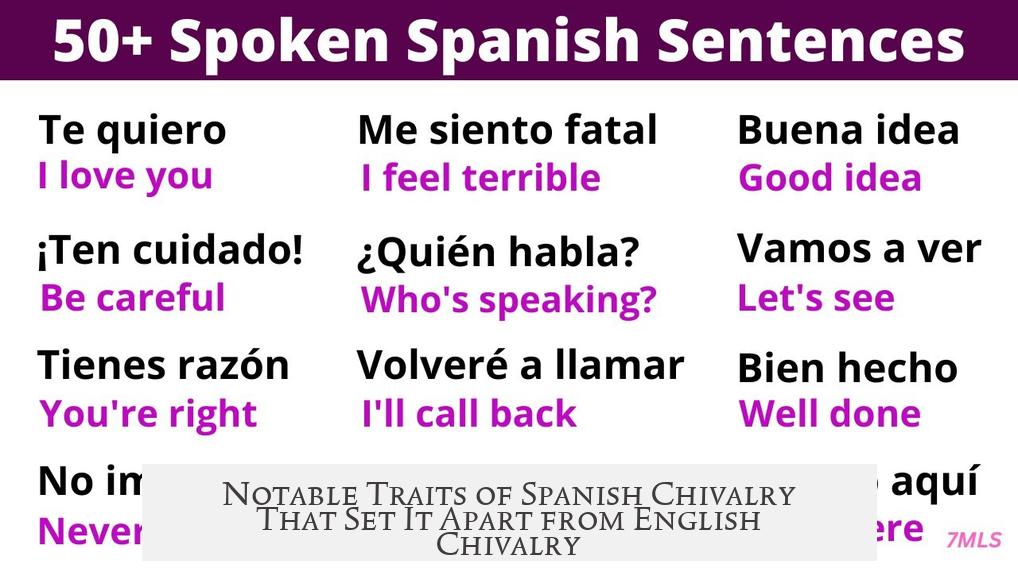
Are there any notable traits about Spanish chivalry that make them different from English chivalry? Absolutely yes, and the distinctions are fascinating. Spanish chivalry carries unique cultural, religious, and literary influences that shape its character quite differently from English chivalry. It’s not just about knights in armor; it’s a reflection of Spain’s diverse history and society.
Let’s explore the notable traits that make Spanish chivalry stand apart and why understanding these differences can enrich our appreciation of medieval Europe.
The Iberian Context: A Melting Pot of Influences
Unlike England, Spain’s geography placed it at a crossroads of multiple cultures. The Iberian Peninsula hosted not only Christian kingdoms but also large Muslim and Jewish populations. This cultural blend left an indelible mark on Spanish chivalry, influencing customs and values in ways English chivalry never experienced.
For instance, the notion of knighthood in Spain sometimes intersected with Jewish and Moorish traditions, which introduced philosophical and martial ideas foreign to England. There were even documented instances of Jewish knights or chivalric figures in Iberian legends, an element you won’t find in English medieval history.
This mix made Spanish knights not only warriors but also cultural ambassadors navigating diverse societies. Spanish chivalry thus embodies a pluralism that contrasts sharply with the more homogenous, Christian-centric English tradition.
Literary Flavor: The Romance of Amadís de Gaula
One of the richest, most distinctive aspects of Spanish chivalry lies in its romance literature. The knightly-chivalric romance genre thrived in Spain with works like Amadís de Gaula. This tale, widely influential, wrapped knightly deeds in layers of emotional depth, courtly love, and spiritual quests.
While English romances also celebrated knights and love, Spanish romances often portrayed a blend of mystical quests and multi-layered social challenges rooted in Iberian cultural narratives. Spanish chivalric literature emphasized honor nuanced with poetic and philosophical reflection.
What’s remarkable is that Spanish chivalry wasn’t just about battle prowess. It fused action with intense personal and moral dilemmas. This narrative style inspired later European literature, and it preserved uniquely Spanish ideals of honor and bravery.
Religious Undertones and Knightly Duty
Religion informed knights’ roles in both Spain and England. However, Spanish chivalry was deeply tied to the Reconquista—the centuries-long conflict to reclaim Iberian lands from Muslim rule. Knights weren’t just warriors but defenders of faith and territory.
This gave Spanish chivalry a militant religious urgency and a political dimension that English knights, often associated with feudal duty and tournament culture, sometimes lacked. Spanish knights combined piety, territorial zeal, and a crusading spirit in ways that set their ethos apart.
Warrior Ethos and Social Identity
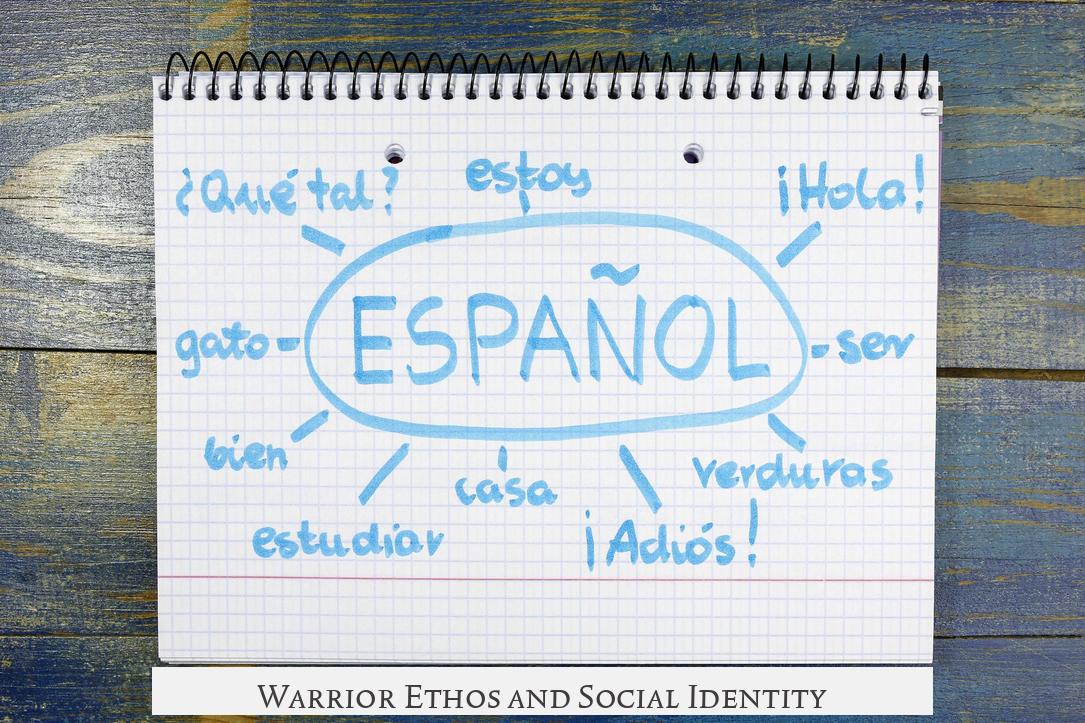
English chivalry evolved through a feudal system focusing on land loyalty and courtly behavior. Spanish chivalry, meanwhile, was shaped by constant border wars and shifting alliances between Christian and Muslim kingdoms.
This environment fostered adaptability and a warrior ethos oriented around pragmatic warfare and honor among diverse peoples. It valued skill in combat, tactical ingenuity, and personal valor on the battlefield, sometimes more than strict courtly decorum.
In Spain, being a knight often meant surviving—and thriving—in a complicated, multi-ethnic context. This fueled a resilience and boldness arguably more prominent than in the relatively stable English chivalric tradition.
What Can We Learn From These Differences?
Understanding these traits leads to deeper insights about medieval societies:
- Chivalry reflects culture: The differences show how local history shapes ideals of honor and valor.
- Religion and politics intertwine: Spanish knights’ roles were inseparable from their faith and politics.
- Diversity influences identity: Multi-ethnic Iberia shaped a chivalry rich in variety and nuance.
- Literature reveals values: Spanish romances showcase more introspective knightly ideals than English tales.
Does this mean Spanish knights were “better” or “more chivalrous” than English ones? Not necessarily. Their chivalry was just different—tailored to their unique world.
Practical Tips for Medieval Enthusiasts and Historians
If you’re a history buff or a writer fascinated by chivalry, here’s how to approach Spanish vs. English knights:
- Read Original Sources: Dive into Amadís de Gaula for Spanish ideals, and explore English romances like Sir Gawain and the Green Knight for contrast.
- Contextualize Conflicts: Understand the Reconquista’s role in forging Spanish knightly identities versus England’s feudal wars.
- Explore Cultural Crossovers: Look for evidence of Jewish and Moorish influences within Spanish chivalry for a fuller picture.
- Analyze Social Roles: Compare how Spanish knights operated as both warriors and diplomats in a culturally complex setting.
A Fresh Take on Chivalry
Looking beyond the armor-clad stereotypes, Spanish chivalry invites us to appreciate a vibrant, dynamic form of knighthood. It’s not just about valor on the battlefield but about navigating complex societies, blending religious zeal with open cultural exchange, and expressing ideals through rich literature.
So next time you think about chivalry, ask yourself: Is it just about the lance and shield, or about how knights embody the spirit of their times? Spanish chivalry proudly answers the latter.
“Chivalry, in Spain, is a dance of honor performed on a stage where faith, culture, and battle blend into a uniquely Iberian drama.”
If you want to dig deeper, exploring detailed discussions on academic forums and expert repositories (like the linked Reddit answers) is a solid path for uncovering more fascinating distinctions.
Ready to see knights in a new light? Spanish chivalry offers a tapestry woven from many threads—more than just England’s black-and-white manuscripts. It’s a thrilling medieval story worth your attention.
What cultural elements distinguish Spanish chivalry from English chivalry?
Spanish chivalry reflects the diverse cultures of the Iberian Peninsula. It incorporates influences from Christian, Muslim, and Jewish communities. This mixture differs from the predominantly Christian culture in English chivalry.
Did Spanish chivalry have unique literary or romantic traditions compared to English chivalry?
Yes. Spain developed its own knightly-chivalric romance genre. These stories shaped ideals of honor and valor differently from English romances, highlighting distinct cultural values.
How did religion affect the traits of Spanish chivalry?
Religious diversity in Iberia influenced Spanish knights. Some accounts suggest Jewish knights were part of this tradition, a rarity in English chivalry history. This added complexity to Spanish knighthood.
Were Spanish knights involved in different military or social roles than English knights?
Spanish knights often fought in the Reconquista, a struggle with unique religious and regional dimensions. Meanwhile, English knights were more focused on feudal battles and Crusades.
Is there evidence of regional differences within Spanish chivalry itself?
Yes. Discussions note variations between Spanish and even Italian chivalric orders. These regional traits highlight how local customs shaped knighthood distinct from England’s more uniform system.
